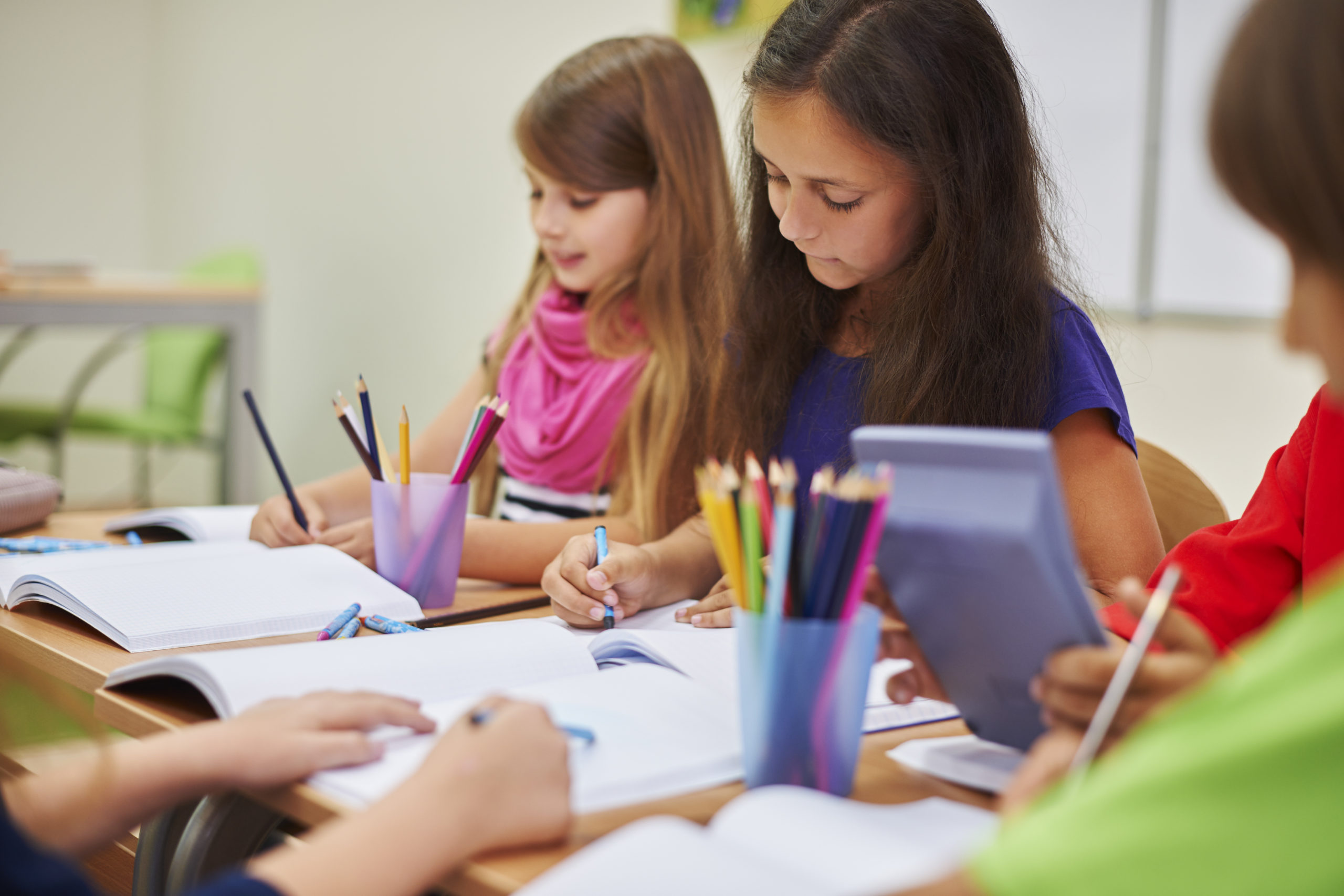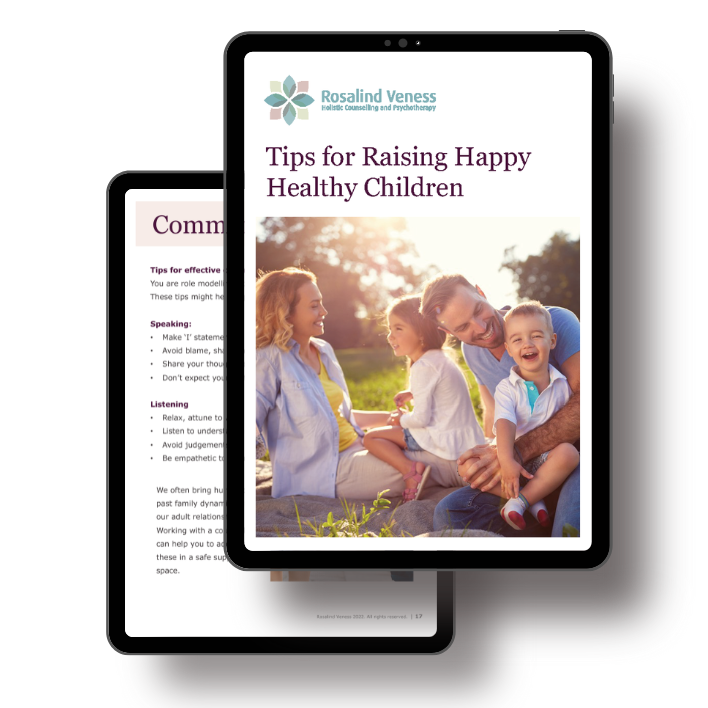
In a world where we want to do everything digitally, does it really matter if your child’s handwriting is illegible?
The short answer is “YES”. Writing by hand actually boosts memory and learning.
Current Brain Research into Benefits of Writing by Hand
Brain research highlights the benefits of drawing letters, as opposed to learning them by typing or tracing. This research demonstrated that handwriting is essential part of children’s brain development, and is a prelude to learning to read. It has also been found to support comprehension, creative expression and language development.
Later research shows that writing by hand links visual processing with motor skills, helping children to learn to recognise letters. When your child is practising handwriting they are continually building new pathways in the brain for learning.
Handwriting as a Whole Body Process
Handwriting is more complex than we may realise. We use our whole body, from the fine motor skills needed to form the letters, to gross muscles to enable to hold our body in an upright posture. We are also integrating our senses of balance, vision and listening. These skills rely on a strong foundation of sensorimotor skills built in infancy and early childhood.
We need to be able to hold a pencil in a comfortable position, and maintain balance while our eyes are following our hand, as it forms letters in a coherent manner. Then we are also thinking about what we are trying to express, and use the appropriate symbols to represent our thoughts. This process is linking the left and right sides of our brain to support learning and memory.
Auditory and Visual Processing as a Basis for Handwriting
Listening or auditory processing helps us to link sounds to shapes (letters), and then link those sounds together to make words.
We also need good visual processing skills to be able to make meaning from the shapes we are drawing. Both eyes need to be able to work together as a team, to focus on a single point, and move together to track across a line of written work.
Why Handwriting Matters
- Handwriting is a skill, an art. It’s how we express ourselves.
- You can often tell a lot about people by their handwriting
- It’s personal – how much nicer is it to receive a handwritten note as opposed to a quick text?
- Handwriting is a physical process supporting memory. It is also a sensory, whole body experience
- Handwritten notes simplify learning – if you really want to remember something, write it down.
- Typing into the virtual world is like being lost in space – the information has been noted, but has it been taken into memory?
- Handwriting provides a foundation for learning to read. We need a good understanding of the letters and the sounds in order to be able to make sense of written text.
- Writing notes by hand is a tactile experience, which helps memory and recall.
Is your Child Ready to Learn to Write?
Some things to consider when handwriting:
- Can your child comfortably maintain an upright position, back straight, feet together and flat on the floor?
- Can their eyes follow what their hand is doing?
- Are they able to track a moving target, and
- Bring their eyes together to converge on a single spot on the page?
- Can they comfortably hold a pencil and create meaningful shapes?
Signs that Development Delay is Affecting Handwriting
Or are they more likely to:
- Spread themselves across the desk when writing
- Hold their head up with their hand
- Rotate the page 90 degrees to write
- Often lose the place when copying
- Find it difficult to sit still on a chair, with their feet together and flat on the floor
- Press heavily, using intense concentration
- Have a tight, tense or awkward pencil grip
- Create poorly formed letters
- Easily become restless and lose focus
- Struggle to bring thoughts to words
Helping your Child to Develop their Handwriting Skills
The first step to develop legible handwriting is to draw! You don’t need to be an artist. Drawing first helps us to understand the letters and their shapes. This is how humans first learned to express themselves – think of cavemen and ancient Egyptians.
Not only do we learn the symbols better by writing them, but we also learn the context better, too, and remember the information that we are writing. Making the symbols by hand supports the visual recognition of similar shapes, direction of lines and the orientation of shapes, such as p, q or b, d.
Sensory and Motor Skills as a Foundation for Learning
Neat, legible handwriting relies on a good foundation of early sensory and motor skills. These early stages are also laying foundations for healthy self-expression, and the ability to bring thoughts to words in written form.
Below are some activities that will help to develop your child’s pre-writing skills. Through these activities they are building the sensory and motor skills that serve as a foundation for all later learning.
- Lots of outdoor play, climbing swinging, running to build those big muscles for strong posture
- Drawing – Have paper and pencils, crayons available and let your child draw…anything and often.
- Start with thick pencils or crayons to build those small hand muscles.
- The shapes and lines for handwriting come naturally when we draw, so forming legible letters later on can build on these early foundations
- Craft to build hand muscles, and develop hand-eye coordination
- Stories about lines, shapes to develop understanding about how they come together to form letters
- Create the shapes, lines – draw on their back, use a torch on the ceiling, use clay or play-doh, be the shapes – ask “what shape am I making?”
- Practise writing – and keep practising, journalling and writing whatever comes to mind.
Help for School-Age Children
Are you concerned about learning in your school-age child, or worried they might have dyslexia or ADHD? An assessment for developmental immaturities is a good place to start. This can help to identify underlying reasons contributing to their struggle.
An assessment will usually include:
- Retained reflexes
- Sense of balance
- Visual processing
- Auditory processing
- Fine and gross motor skills
- Hand-eye coordination
- Spatial awareness
From here we can work together, helping to free your child for lifelong learning. Case studies and testimonials show the benefits of a developmental approach to learning difficulties.
School-based Sensorimotor Development Program
Perhaps your child’s school is interested in offering a generic sensory motor development program such as that developed by the Institute for Neuro-physiological Psychology (INPP). This has been well-researched and is based on understanding brain science and the importance of early stages of development as a foundation for all later learning.
Tips for Raising Happy Healthy Children
Download our FREE e-book Tips for Raising Happy, Healthy Children
Please Note: If you think your child may have problems with vision, a visit to a behavioural optometrist is an important first step
Related Articles
- Dyslexia and Sensory Processing
- ADHD – an Holistic Approach to Healing
- Challenging Behaviours and Learning Difficulties
References
- Goddard, Sally. 2005. Reflexes, Learning and Behaviour. Fern Ridge Press.
- James, Karin H. The Importance of Handwriting Experience on the Development of the Literate Brain. Department of Psychological and Brain Sciences, Indiana University
- James, Karin H and Laura Engelhardt .The effects of handwriting experience on functional brain development in pre-literate children.
- Handwriting Boosts Brain Connectivity and Learning, January 26, 2024






